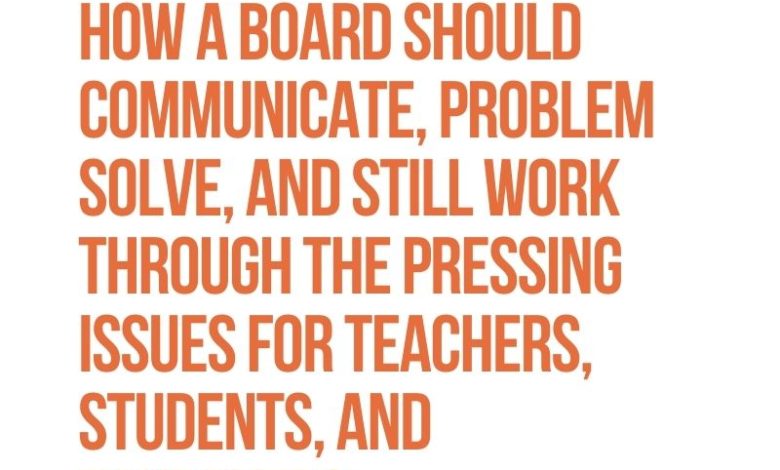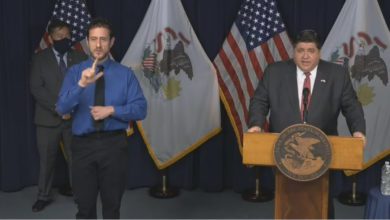Give your vision for how a board should communicate, problem solve, and still work through the pressing issues for teachers, students, and taxpayers.

Out-of-Township (Vote for 1)
Justin Lamb: Having conversations outside of the public meetings is a way to address a lot of issues. Developing a level of trust and respect among all members. Taking the time to listen and understand the views of others.
Patrick MacKay: The board should embrace passionate debate, and dialog. However, at its core, each and every board member must acknowledge that while it is acceptable to disagree, it is unacceptable to be disagreeable while doing so. Moreover, the board must establish a trust base amongst itself because without one, it will continue to stutter and fail to carry out its responsibilities. Covid has thrown an absolute wrench in our ability to physically meet people where they’re at. I think once we can, the entire board will benefit from social interaction with each other, be it a retreat, breaking bread together, or sharing a laugh. Finally, with only one incumbent running this year, there will also hopefully be a natural restart for the board as it works together to tackle important issues for the district.
In-Township (Vote for 2)
Rebecca Richardson: A functional board operates best when there is camaraderie, respect and trust between its members. Functional boards build and protect trust, they provide consistent and accessible opportunities to communicate with community members as well as teachers and staff. Board members should never promise anything to anyone and should maintain the integrity of supporting the voice of the board on decisions even if they disagree with the outcomes.
Max McComb: My vision is a board that functions efficiently, productively and respectfully keeping students at the forefront of our decision making. Our board, in the past 2 years, has become an embarrassment and spectacle. This can be resolved and we can move ahead if all board members simply review their oath of office, understand and embrace what their role is as a board member, review and engage in best practices for a board member, willingly engage in professional development and training to grow and learn in becoming better board members. I include myself in this. However, we have board members who have refused training, won’t engage in the process of developing working agreements/norms, and treat our superintendent disrespectfully. This must be turned around–for the sake of our students and families. Because of this dysfunction, we’ve struggled with effectively setting the vision for the district, setting goals for our superintendent, and addressing issues relating to our staff and taxpayers.
Sunny McMurry: As I have stated before, the board needs to begin their work by setting expectations and norms and building a shared understanding of the roles and responsibilities of school board members. Once working relationships have been established, communication and problem solving will occur naturally. Decisions that need to be made and problems that need to be solved should be based on data and feedback and worked through collaboratively. All decisions we make that ultimately affect student learning need to be logical, data-driven and infused with common sense.
Laura Lang: “Communicate in a respectful manner – don’t just tell your team members what you want, but explain to them why.”
– Jeffrey MoralesThe spark to communicate and operate well as a board begins within each member at a place no one else can see. It begins without bitterness or personal agendas, but with an open, humble approach to view others as better than yourself, or at least equal to yourself. Without this foundation, progress, if it is to happen, will at the very least be slow and arduously won. When all members come together with the same vision and a desire to work together without censure, the process is much quicker, builds trust, and creative problem-solving. I would love to see all 7 board members sit together, perhaps with the help of a mediator, to get this started. Trust is easily destroyed and hard to rebuild, but 100% doable! All 7 members should work to set a simple set of rules of engagement to outline how they will interact as a board. I think a review of the state training on laws and rules that govern board interaction would be helpful to reset the stage, and then grace must be given from member-to-member. Effective board meetings should be short, concrete, and frequent to effectively put students’, teachers’, and taxpayer needs at top priority.




